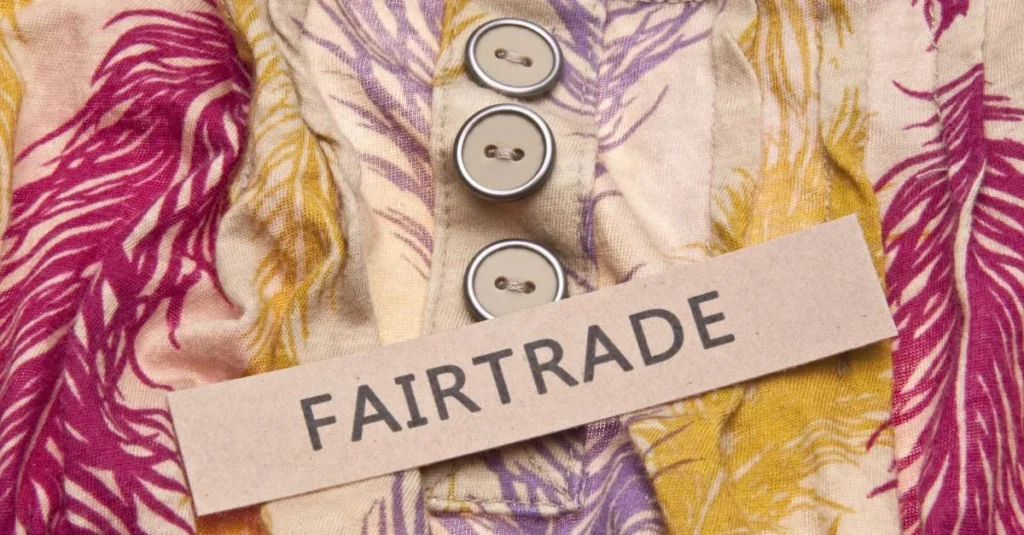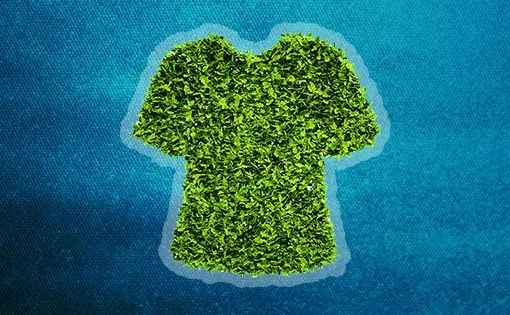Sustainable Fashion: In recent years, the fashion industry has faced growing criticism for its detrimental impact on the environment and human rights. As consumers become increasingly aware of these issues, the demand for sustainable fashion has soared. fashion, also known as eco-fashion or ethical fashion, encompasses a range of practices that aim to reduce the industry’s ecological footprint and promote fair labor practices. This article explores the concept of fashion, its key principles, and its role in shaping a greener future.
Understanding Sustainable Fashion:
Sustainable fashion involves adopting practices that prioritize social responsibility, environmental conservation, and ethical production throughout the entire fashion supply chain. It emphasizes the need for long-term solutions that minimize waste, reduce pollution, and respect human rights. This approach challenges the prevailing fast-fashion model, which promotes disposable clothing and exploits labor in developing countries.

Sustainable Fashion Materials and Production:
One of the fundamental aspects of fashion lies in the use of eco-friendly materials. Designers and brands are increasingly turning to organic cotton, hemp, bamboo, and recycled fibers as alternatives to conventional materials that require excessive water, chemicals, and energy for production. Additionally, innovative technologies such as 3D printing and zero-waste pattern cutting are being employed to minimize fabric waste and optimize resource utilization.
Circular Fashion Economy:
The concept of a circular fashion economy is gaining traction within the industry. It aims to shift away from the linear “take-make-dispose” model to a system that promotes recycling, reusing, and repurposing. By extending the lifespan of garments through repair, resale, and rental services, the fashion industry can significantly reduce its environmental impact and contribute to a more sustainable future.
Fair Trade and Ethical Practices:
Sustainable fashion places great emphasis on fair trade and ethical practices. This involves ensuring that workers are paid fair wages, provided safe working conditions, and given the right to unionize. Brands are increasingly partnering with certified fair trade organizations and obtaining third-party certifications to ensure transparency and accountability throughout their supply chains.

Consumer Empowerment and Education:
Consumers play a vital role in driving the shift towards sustainable fashion. By making informed choices and supporting brands that prioritize sustainability, consumers can demand change from the industry. Initiatives like transparency labels, ethical fashion campaigns, and educational programs help raise awareness and empower individuals to make conscious purchasing decisions.
Collaborative Efforts and Industry Innovations:
To accelerate the adoption of sustainable practices, collaboration between various stakeholders is crucial. Fashion brands, policymakers, NGOs, and consumers need to work together to create a supportive ecosystem. Innovations such as textile recycling technologies, regenerative agriculture, and closed-loop manufacturing processes are emerging, offering promising solutions to the environmental challenges faced by the fashion industry.
Sustainable fashion is not merely a trend but a necessity for our planet’s well-being. By embracing sustainable materials, circular fashion practices, fair trade, and ethical production, the fashion industry can reduce its ecological footprint and contribute to a greener future. The collective efforts of designers, brands, consumers, and policymakers are essential in transforming the industry into a more sustainable and socially responsible one. As consumers, we have the power to make a positive impact through our purchasing decisions, supporting fashion brands and embracing a more mindful approach to fashion consumption. Together, we can create a fashion industry that is both stylish and sustainable.
Read Also: Summer Fashion
![]()






One thought on “Sustainable Fashion”